I need to fit a sine curve created from two sine waves and extract the parameters for the fitted curve (such as frequency, amplitude, etc).
Data example:
import matplotlib.pyplot as plt
import numpy as np
%matplotlib inline
x = np.arange(0, 50, 0.01)
x2 = np.arange(0, 100, 0.02)
x3 = np.arange(0, 150, 0.03)
sin1 = np.sin(x)
sin2 = np.sin(x2)
sin3= np.sin(x3/2)
sin4 = sin1 + sin2+sin3
plt.plot(x, sin4)
plt.show()
I used the codes provided in this answer.
yy = sin4
tt = x
res = fit_sin(tt, yy)
print(str(i), "Amplitude=%(amp)s, Angular freq.=%(omega)s, phase=%(phase)s, offset=%(offset)s, Max. Cov.=%(maxcov)s" % res )
fit_values=res["fitfunc"](tt)
Frequenc_fit= res['freq']
print(i, Frequenc_fit)
Frequenc_fit=Frequenc_fit
Amp_fit=res['amp']
Omega_fit=res['omega']
Phase_fit=res['phase']
Offset_fit=res['offset']
maxcov_fit=res['maxcov']
plt.plot(tt, yy, "-k", label="y", linewidth=2)
plt.plot(tt,fit_values, "r-", label="y fit curve", linewidth=2)
plt.legend(loc="best")
plt.show()
I got a fitted sine curve with a single frequency and amplitude as follows:
2 Amplitude=1.0149282025860233, Angular freq.=2.01112187048004, phase=-0.2730905030152767, offset=0.003304158823058212, Max. Cov.=0.0015266032307905222
2 0.3200799868471169
Is there a method to obtain fitted curve matches with the original one?



